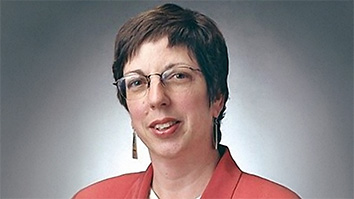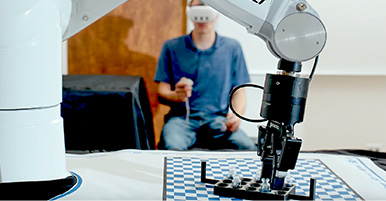Research Scientist, Applied Physics Laboratory
Cale Gentry conducts work in applications of optical and quantum technologies at SRI’s Applied Physics Laboratory in Boulder, CO. He works on components and systems for classical and quantum free-space optical communications, RF-photonic signal processing, and atomic sensing. Cale led a large internal research and development (IRAD) program which provided proof-of-concept demonstrations of a “Quantum Antenna” for RF and THz electric field sensing. Cale has also led SRI’s photonic integrated circuit design, simulation, and layout for multiple projects utilizing a variety of foundry services and material platforms.
Cale completed his undergraduate work at the University of Oklahoma in Engineering Physics and his graduate work at the University of Colorado – Boulder in Electrical Engineering where he completed his Ph.D. thesis “Scalable quantum light sources in silicon photonic circuits.” This work included demonstrating the first entangled photon source fabricated entirely within a commercial CMOS electronics process and the first chip-scale spontaneous four-wave mixing source of entangled photons with monolithically integrated pump rejection. Prior to joining SRI, Cale worked at Lockheed Martin Coherent Technologies where he worked on hardware for Lidar systems including lasers sources and integrated optical phased arrays.



